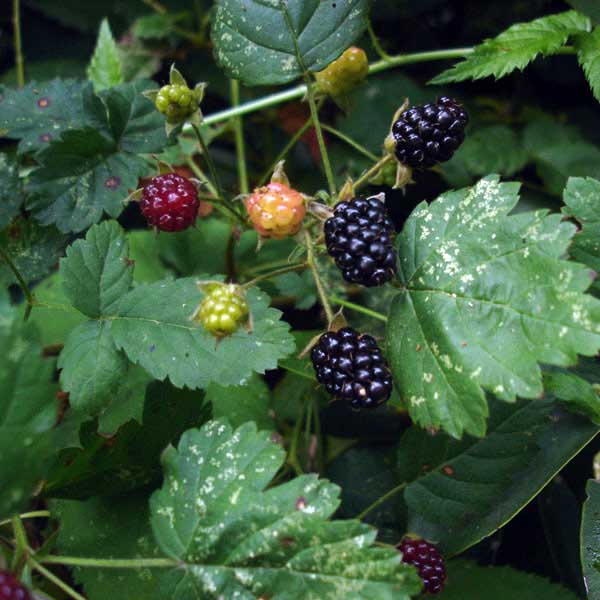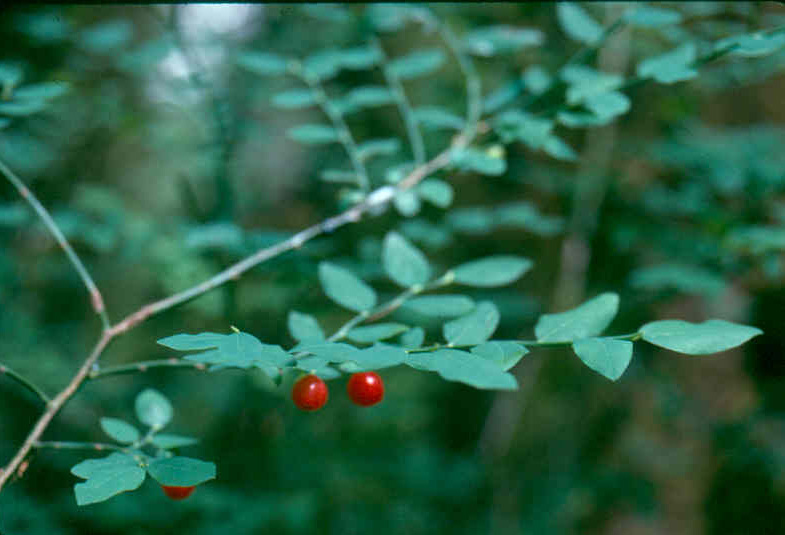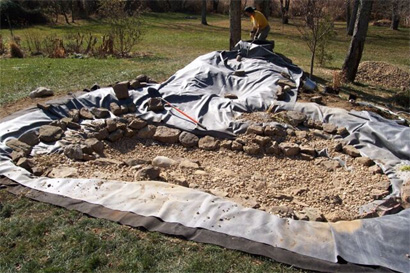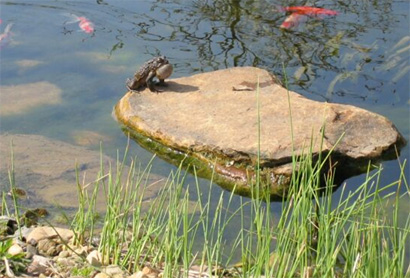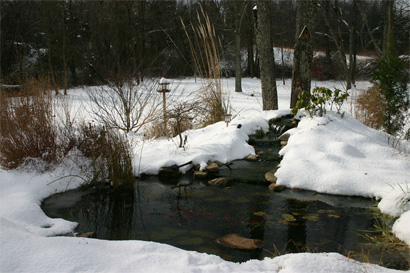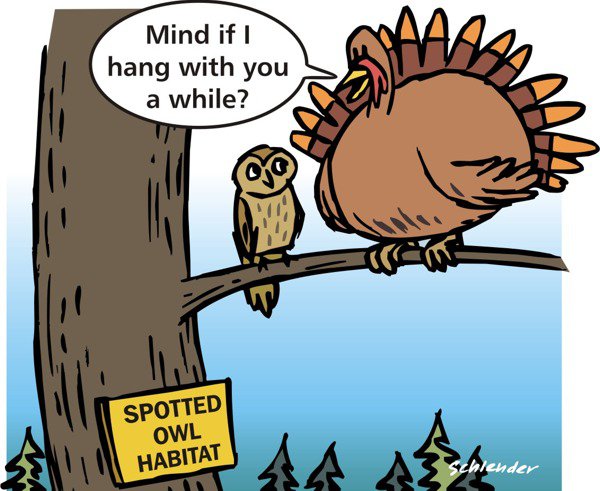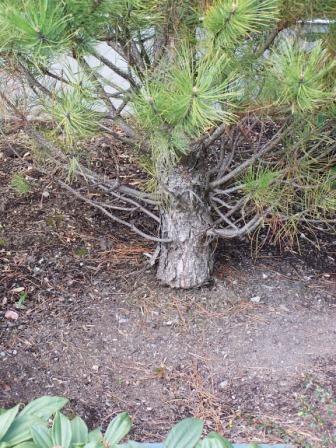
If you follow this blog then you know that I write a lot about pesticides. They’re something that I enjoy reading about and studying. For whatever reason, I find them fascinating. That said, they can be some of the worst things for wildlife. But there are pesticides that are more “wildlife compatible” than others, so today I’m going to cover some of the worst pesticides that you can use in terms of wildlife, and some of the pesticides that might be more acceptable (though far from perfect).
First, here’s a brief rundown of pesticides that have been some of the worst wildlife offenders over the years. Fortunately most of these are gone.
1. DDT – long gone (though I know people who still have old bottles locked up in chemical cabinets here and there). Modern evidence points to it not being as bad for human health (cancer) as many made it out to be, but it was a mess in terms of environmental effects — it built up in the environment (it is stored in the body and is not rapidly excreted — in large part because it isn’t water soluble — so when a predatory bird ate a small mammal who had DDT on (or in) it, all of that DDT would stay in the bird — and the DDT from the next mammal it ate, and so on — this is called biomagnification) and resulted in predatory birds producing thin-shelled, barely viable eggs. Another problem with DDT was that it lingered for a long time — it doesn’t break down quickly. It had other problems too – but the biomagnification and persistence issues were the most obvious and, at least to me, the scariest.
2. Endrin – Relatively closely related to DDT, but a lot more toxic to a lot more animals and so a lot scarier. Once upon a time this stuff was used to all but sterilize fields. Toxic to everything that moves, and, like DDT, it built up in the environment. This stuff was (fortunately) never really used by homeowners.
3. Temik (aldicarb) – Nasty, nasty, nasty. EXTREMELY high acute toxicity, AND it’s water soluble. A pesticide which I have had to use in the past. Apply it to a tree (I was working with pecans when I used it) and that tree’s foliage would be free of any insects. And, amazingly, the stuff didn’t translocate to fruits and veggies – if it weren’t so darn toxic to things besides insects it would have been a great insecticide – some people still consider it a great insecticide. This stuff was known for its misuse. Apply it near a weed which deer eat and that weed would absorb the pesticide and poof! No more deer. Agonizing death too. Wolves and coyotes could be poisoned with just a little bit of tainted deer meat. This stuff wasn’t supposed to be used by homeowners, but, again, it is known as much for its misuse as its use.
Fortunately most of those over-the-top killers are gone or on their way out. Still, in your garden you do have the opportunity to use some poisons which it would be best for you to avoid if you’re interested in saving/protecting wildlife. These poisons are called “broad-spectrum” poisons and they are preferred by many because they kill so many different types of pests. Unfortunately being able to kill many kinds of pests usually also means that they’re able to kill many types of good creatures. Many pesticticides such as sevin (carbaryl), pyrethrin, orthene (acephate), and sulfur are broad spectrum poisons that you should avoid, but here are some that, if you want to conserve wildlife, you should be especially wary of.
1. Permethrin – This is probably the most used broad spectrum insecticide used around gardens today. It will kill just about any insect which it touches and it lasts for about 10 days. It is certainly effective, but it shouldn’t be used by anyone who wants to encourage insects or the birds who eat insects in their gardens.
2. Metaldehyde – This is a very effective slug poison. It is both attractive and deadly to dogs and cats, and is thought to affect birds and small mammals as well though there aren’t as many documented cases of wildlife poisoning as there are of domesticated pets being poisoned.
3. Copper sulfate (Bordeaux mix) – This is an organic fungicide that is often overapplied because it is considered safe. It can limit the plants which grow in an area, and it is extremely toxic to aquatics – keep it away from water. Finally – copper doesn’t break down – as you use it over the years it will build up in your soil – so try to stay away from it.
And finally, here are some which, if they are used properly, are less likely to affect wildlife.
1. Kaolin clay – it’s not popular, but it’s out there if you look for it. This is a type of clay which it sprayed onto plants to protect them from insects. It tends to work pretty well (it’s not perfect), but it has minimal effect on wildlife.
2. Insecticidal soap – It will kill some insects that you don’t want to kill, but it’s a heck of a lot better than permethrin. It is unlikely to hurt mammals or birds.
3. Roundup – The controversial part of me wrote this. Roundup has been implicated as doing all kinds of things to aquatic organisms, but, if it is only sprayed on the leaves of the plant you want to kill, it is not going to cause any significant environmental damage (besides removing a plant that wildlife may want for food).




